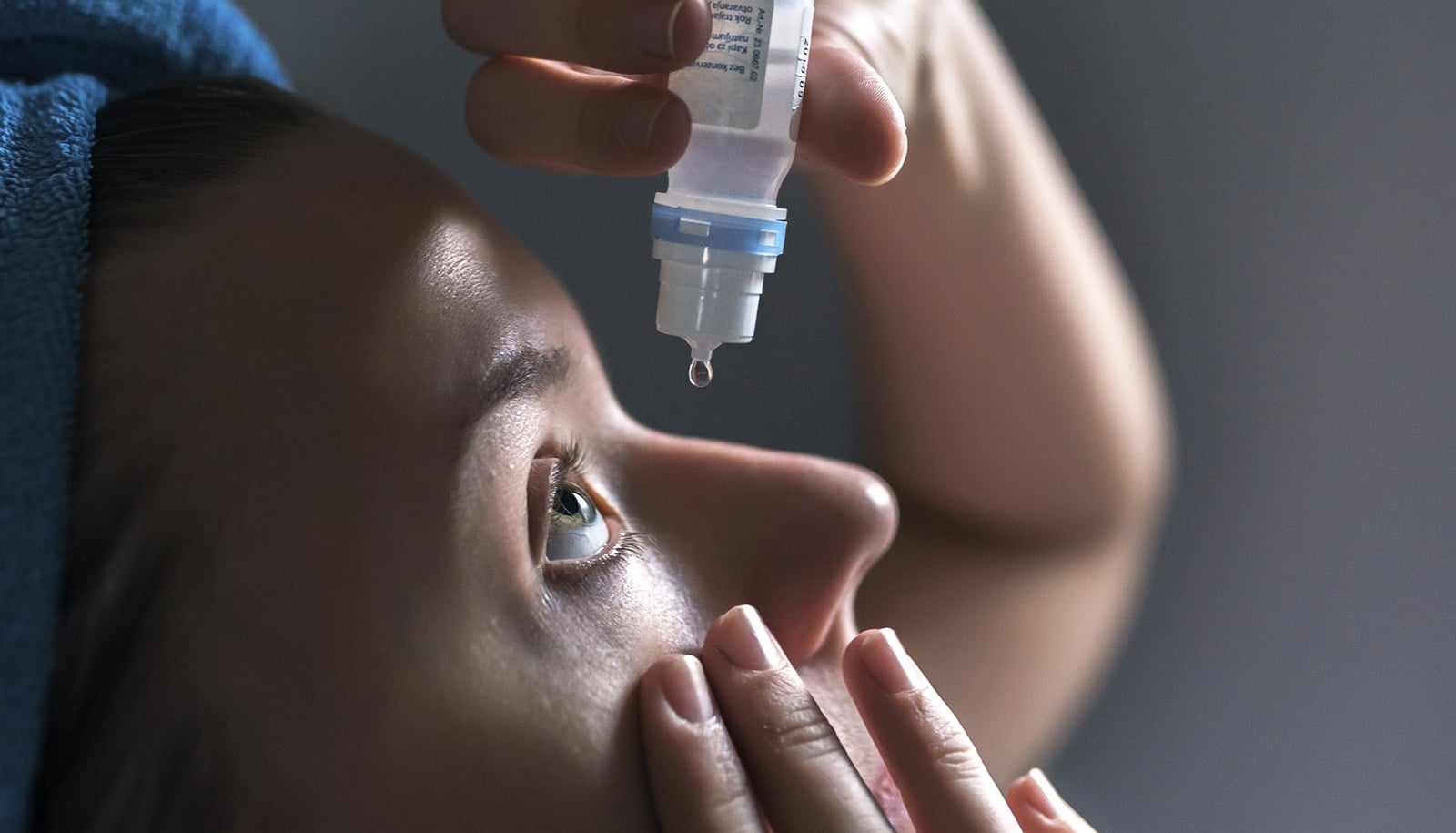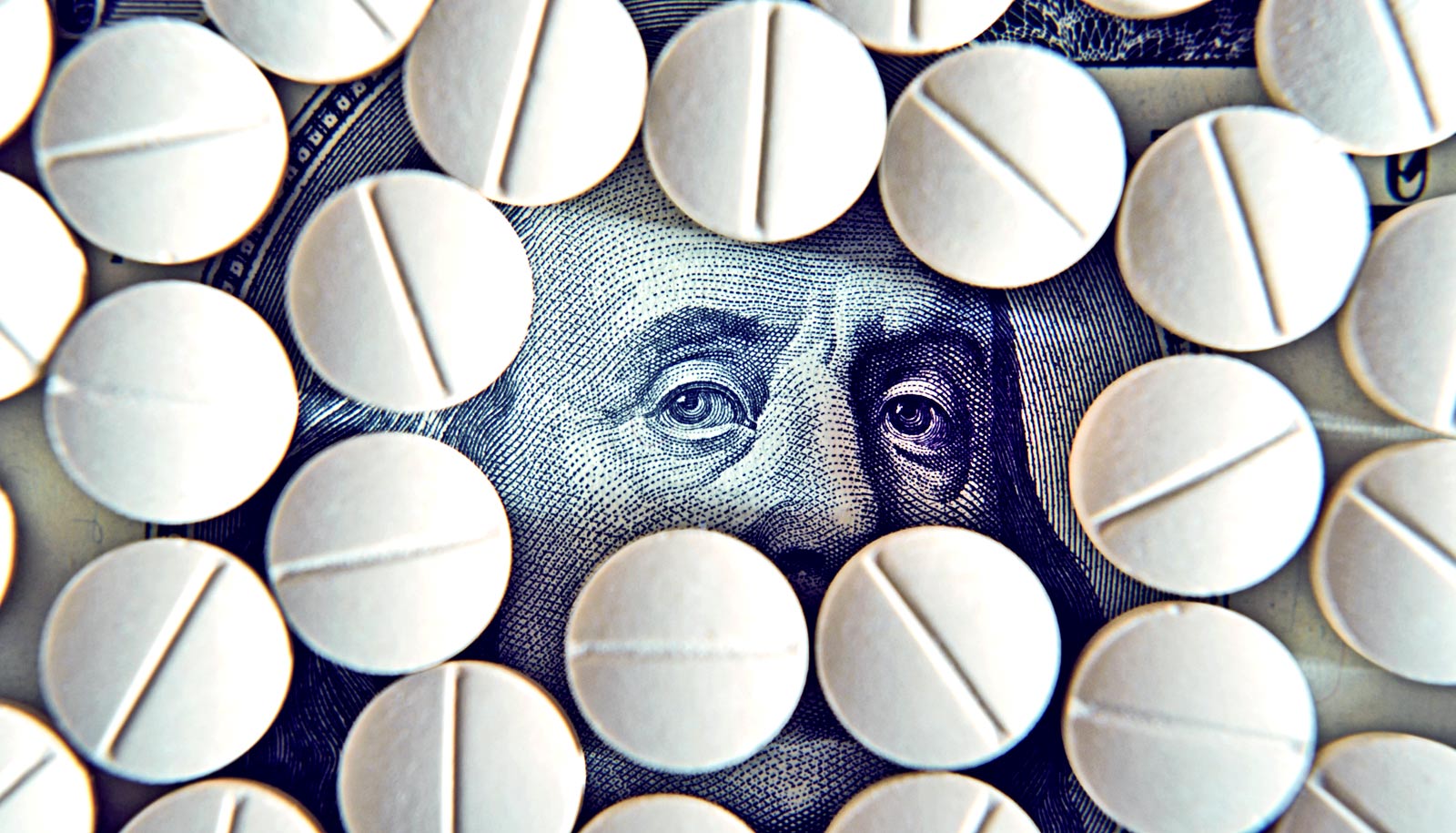A new study finds that advanced practice clinicians received more payments from drug companies, while physicians accepted more funds from medical device companies.
The same proportion of each group accepted payments, but the physicians received a much greater sum, report the researchers.
Advanced practice clinicians include nurse practitioners, physician assistants, certified registered nurse anesthetists, anesthesiologist assistants, certified nurse midwives, and clinical nurse specialists.
The federal government has been tracking industry payments from pharmaceutical and medical device companies to doctors since 2013, but last year was the first time such numbers were tracked for advanced practice clinicians.
The findings appear in JAMA. The study’s first author, Audrey Zhang, senior assistant resident in the department of medicine at the Duke University School of Medicine, says the results raise concerns about the ways industry may be influencing care.
“Receiving payments and developing relationships with an industry sponsor can encourage use of that sponsor’s products,” Zhang says. “The concern is when that practice affects the quality of patient care, especially if it incentivizes lower-value care.”
Among the study’s findings:
- 35% of physicians accepted industry payments, including consulting fees;
- 35.8% of advanced practice clinicians accepted payments, most often for food and beverages;
- Payments made to physicians totaled $1.75 billion while payments to advanced practice clinicians totaled $119 million.
Funding for the research came from the National Institute of Aging.
Source: Duke University



